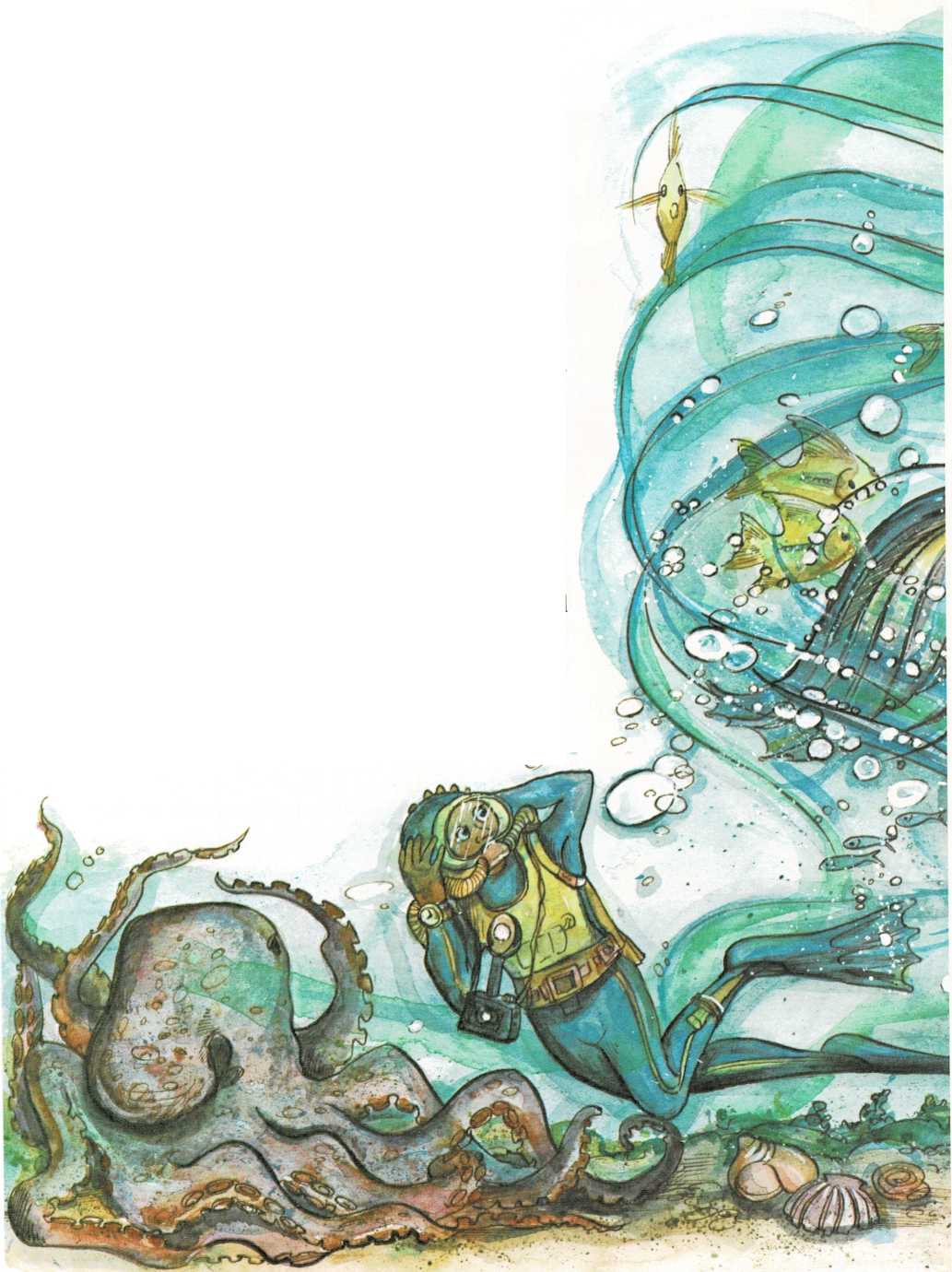Sound gets around

A swimming fish seems to glide through the water without making a sound.
But it doesn’t swim as quietly as you think! Divers swimming underwater
hear a loud crack when a large fish flips its tail and darts away.
Most of the everyday sounds we hear travel through air. But sound waves
travel through liquids and solids, too. Things like water, wood, and
even the earth can conduct, or carry, the vibrations.
The molecules of liquids and solids are closer together than the
molecules in air. And in some liquids and solids, the molecules are
\”springy”—when they are pushed, they bounce back, like a stretched
rubber band.

These kinds of molecules vibrate easily when a sound wave pushes
them—and they make other nearby molecules vibrate, too. So in a solid
or liquid with \”springy” molecules, sound travels fast—even faster
than it travels through air.
A loud sound takes about five seconds to reach you if it travels a mile
(1.6 kilometers) through air. But under water, the same sound reaches
you in a little more than a second. And a sound wave zips through a mile
(1.6 km) of iron wire in about a third of a second—almost fifteen
times faster than it travels through air.

